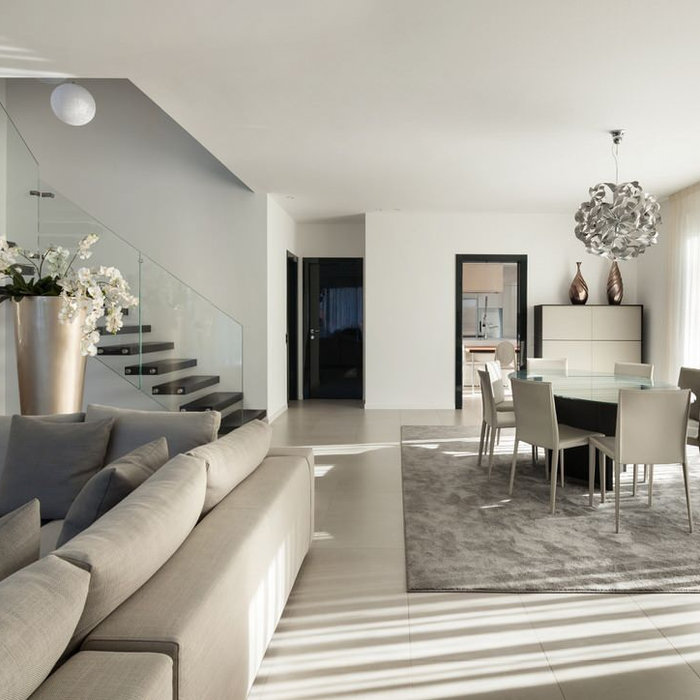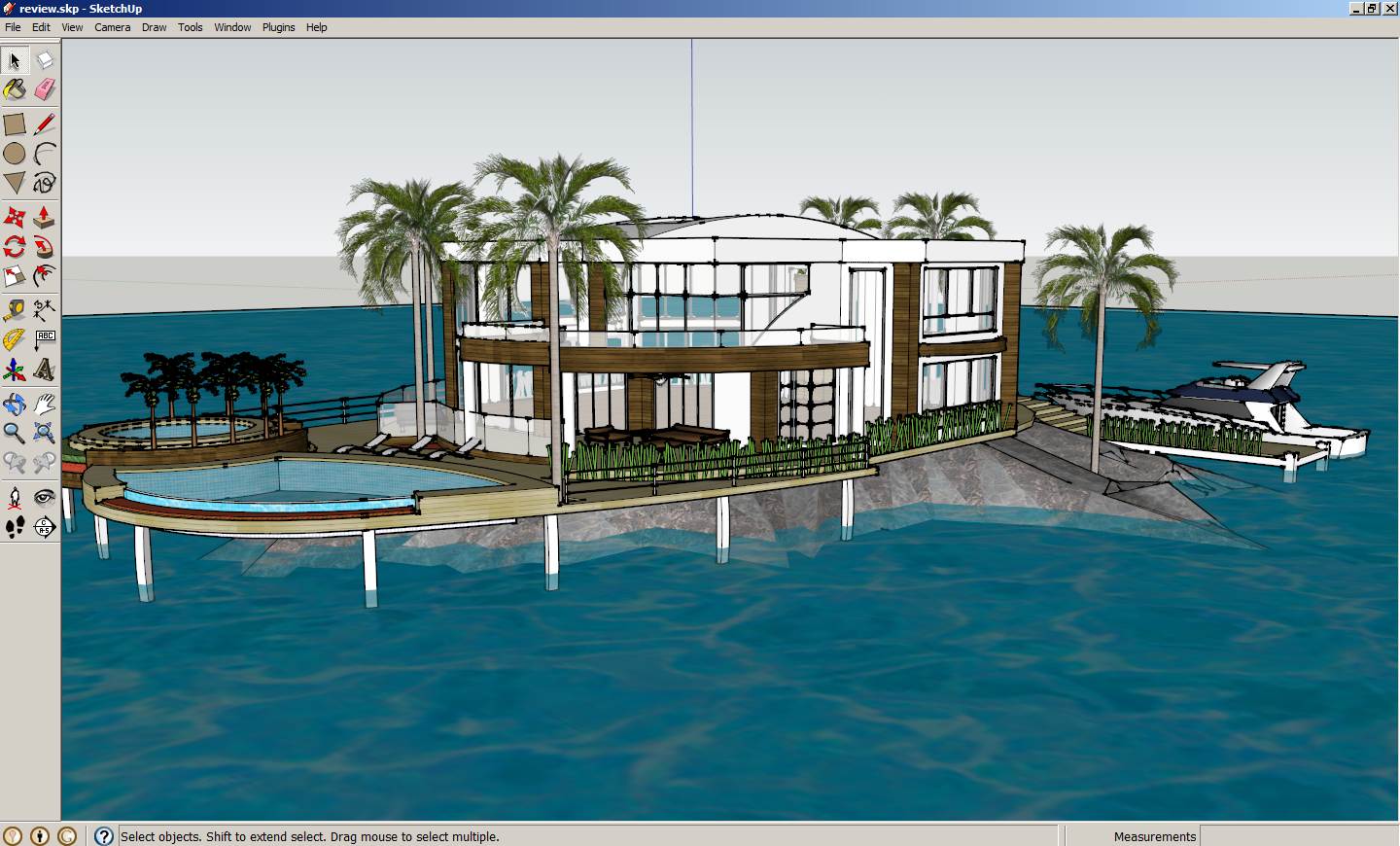

The question about the Field of View (FOV) is interesting. I think it’s also useful for technical drawings like cabinetry, etc. If I were taking a class in perspective drawing, I might be tempted to layout the 3D geometry in SketchUp and then use the two-point perspective to help me fulfill a class assignment.

I’m not sure what the 2-point option is best for–nostalgia?

Just type Z and then enter a number in degrees for FOV. Do not click the Measurements box to give it focus. You can use the Zoom tool shortcut (Z) and then type the applicable FOV number, which will appear in the Measurements box as you type. I encourage you to play around with the FOV control and get a feel for the numbers and the look they produce. Maybe 40 degrees for the former and 35 for the latter.Įven though I’m pretty sure I’m human, I’m probably not qualified to speak on normal human vision, since there’s always been something or other wrong with my vision, and I suspect your book knowledge about human vision surpasses my own. I seem to remember that the default Field of View is different for Make and Pro. Parallel projection is probably best reserved for aligning things and producing customary paper documentation. When the “Perspective” feature is checked in the Camera Menu this is a 3-Point perspective view and is the SU default? At very high values, say 100-degrees or about, the view starts to resemble a fish-eye effect. In general, the lower the number the more the view resembles parallel projection at 0 the two are essentially indistinguishable. That is pretty good for outdoor scenes for indoors you may need a wider Field of View so you don’t end up staring at one small spot on the wall–maybe 50- or 60-degrees. The default Field of View is 35-degrees, I believe.
2014 sketchup rendering full#
SU offers a 2-point view on the Camera menu, but it is a fixed view that reverts to full perspective as soon as you try to orbit. 2-point perspective is actually more distorted than the standard full perspective view generated by SU.
2014 sketchup rendering manual#
Who said 2-point was undistorted? Since this method ignores the z-axis vanishing point to reduce manual labor on hand-drawn perspective drawings, it is something of an anachronism in SU. What would be the proper settings in SketchUp in Degrees or MM that would give me the same undistorted visual / hand drawn results? Add the finishing touches with some compositing and post-production techniques to bring out the full potential of the work you have done.If I were to draw a standard 2-point perspective drawing by from 2 or 3 elevation drawings (example: front, top and right sides) of an object. Before producing our final output, we will want to see how we can use the variety of quality control settings in V-Ray, including the Global Illumination and Image Sampling settings to produce a high level of quality for our project.
2014 sketchup rendering how to#
As a render will only be as believable as the component parts, we will learn the texturing system in V-Ray and how to use a variety of materials, maps, and layers to produce realistic surface properties for our geometry. Using the scene files provided, we will learn how to set up lighting rigs for both daytime and nighttime interior shots, as well as seeing how we can make good use of V-Ray's procedural day-lighting system on exteriors. The journey begins with basics of camera composition, lighting, texturing, and then rendering an interior scene using the V-Ray engine. This book has been designed to progressively introduce you to all the V-Ray tools you will need to produce photographic renders using V-Ray. Using the V-Ray for SketchUp rendering engine through with clear, step-by-step instructions and companion graphics, this guide will give you everything you need to get started. What better way to bring them to life than to present them in a genuinely photographic manner? Although the V-Ray render engine has been available to SketchUp users for a good number of years now, the release of the 2.0 Version takes the production of photographic renders in SketchUp to a whole new level. Key Features Clear, step-by-step instructions that teach you how to use the most important tools needed to create photographic renders in V-Ray Implement the steps effectively with the help of the SketchUp scene files provided Become a better artist by becoming familiar with important lighting and material backgrounds backed up by theory Book Description Every Sketch Up user wants to present their designs in the best possible light. Through concrete examples, screenshots, and images, you'll learn the practical side to photographic rendering using V-Ray. Turn your 3D modeling into photographic realism with this superb guide for SketchUp users.


 0 kommentar(er)
0 kommentar(er)
